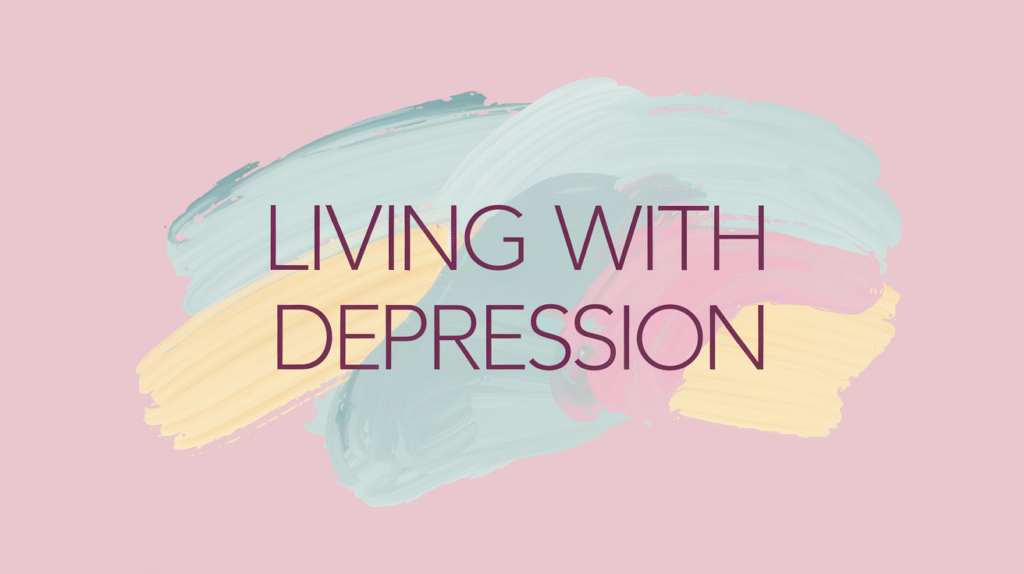
Feel the Joy: Cultivating Happiness from Within
Happiness isn’t just a fleeting emotion—it’s a state of awareness, a way of being we can learn to nurture, even in difficult times. It’s not about plastering on a fake smile or pretending everything is fine. It’s about learning how to tune into life’s subtle rhythms, finding joy in moments we might normally overlook. Much like a musician learning to feel the beat of a song rather than count it, feeling joy comes from presence, awareness, and connection. It’s not a destination but a daily practice—and one that looks different for everyone.
Joy isn’t reserved for when everything is perfect. In fact, it often shows up in the middle of the mess. When we begin to shift our focus inward and become intentional about how we live, we realize joy is less about what happens to us and more about how we meet life, even in its chaos. This post is about learning how to invite joy into our lives—not through force, but through curiosity, attention, and gentle redirection. It’s about building habits that open our eyes to the beauty that already surrounds us and finding meaning in the smallest of victories.
Emotional Awareness and Positive Focus
Many of us are taught to push away negative emotions. We’re told to “be strong,” “stay positive,” or “get over it,” which sends the message that uncomfortable feelings should be hidden or avoided. But denying your feelings doesn’t make them disappear—it buries them, only for them to show up later in anxiety, numbness, or burnout. Real joy comes when we allow ourselves to feel all emotions, not just the pleasant ones. When we become aware of what we’re feeling and why, we gain clarity and insight that can lead to genuine healing.
Instead of shoving hard emotions aside, try sitting with them. Ask yourself what they’re trying to tell you. Often, sadness, frustration, or anger point to needs that have gone unmet. Once we recognize those needs, we can take steps toward meeting them—and that’s when relief and peace begin to take root. At the same time, choosing to focus on what’s good doesn’t mean ignoring pain. It means making space for both truth and hope. Looking for small positives—a moment of laughter, a kind word, a breath of fresh air—helps anchor us in possibility, even when life feels heavy.
Rewriting “What If” into “Next Time”
Our minds love to ruminate. We replay past mistakes, imagine worst-case scenarios, and get stuck in loops of “What if I had done this differently?” These thoughts steal our joy and trap us in guilt or fear. But we can retrain our thinking. Shifting from “What if” to “Next time” helps reframe mistakes as lessons, not life sentences. It invites growth instead of self-blame.
This mindset shift doesn’t come overnight. It takes practice and patience. But every time we say, “Next time, I’ll speak up,” or “Next time, I’ll rest when I need it,” we create a future built on wisdom, not regret. Over time, this becomes a habit that strengthens self-compassion. Instead of beating yourself up for what’s gone wrong, you start to look forward with clarity and hope. That’s where joy finds room to grow—when you stop fighting your past and start trusting your ability to respond differently moving forward.
Active Problem-Solving and Letting Go
Ignoring problems rarely makes them go away. They build up under the surface and create tension that eventually spills out in other areas of life. True joy isn’t about pretending life is perfect—it’s about addressing what isn’t working and doing what you can to change it. Taking action, even small action, can be empowering. It reminds you that you have agency, and that your choices matter.
At the same time, we must recognize that not everything is within our control. Learning to let go of what we can’t change is one of the hardest—but most liberating—skills we can develop. It requires acceptance, patience, and trust. Holding on to what we can’t fix only creates stress and disappointment. But releasing control, and focusing on what we can influence, allows us to live with more freedom and peace.
Embracing the Present Moment
Joy lives in the now. Not in the future when we finally achieve a goal, not in the past when things felt easier—but right here, in this breath, this heartbeat, this moment. When we’re constantly living ahead of ourselves, waiting for things to “calm down” or “get better,” we miss the small pieces of beauty that are already present. Practicing mindfulness—whether through meditation, nature, or simply noticing your surroundings—helps train your brain to stay grounded in what’s real.
Living in the moment doesn’t mean you ignore planning or responsibilities. It means you don’t sacrifice today’s peace for tomorrow’s uncertainty. You savor your coffee instead of rushing through it. You listen during conversations instead of thinking about your to-do list. These practices may seem small, but they build presence—and presence is where joy begins to take root. Because when we’re fully here, we’re more likely to feel gratitude, love, and appreciation, even in the middle of an ordinary day.
Reframing Beliefs Around Happiness
Many people are raised with the belief that happiness depends on external things—a relationship, a job, a certain income level. But this belief creates a dangerous trap. It tells us that we have to wait until life looks a certain way before we’re allowed to feel good. The truth is, happiness begins within. It’s shaped by how we think, what we believe, and the expectations we carry. If we believe we’ll never be happy unless we’re perfect, we’ll always be chasing something that doesn’t exist.
Changing our beliefs around happiness takes time. It starts with noticing the stories we tell ourselves. Are you constantly comparing yourself to others? Are you telling yourself you don’t deserve joy until you’ve “earned” it? Rewriting these stories can open up space for self-worth. You begin to see that happiness isn’t something distant—it’s something you can create, piece by piece, starting with how you treat yourself and what you allow yourself to receive.
Purpose, Goals, and Daily Intention
Having a sense of purpose fuels motivation and meaning. When you know what you value, you can align your choices with those values—and that alignment brings joy. You don’t need to have everything figured out. Your purpose doesn’t have to be something grand or public. It can be raising a child, expressing creativity, healing from trauma, or helping others feel seen. What matters is that it feels authentic to you.
Goals help direct your energy, but they’re not the only path to fulfillment. Sometimes it’s more powerful to live with daily intention. Ask yourself: “How do I want to show up today?” When you focus on your values—like kindness, patience, or courage—you create a life that feels meaningful, even when your circumstances are messy. You stop chasing happiness and start creating it through your actions and mindset.
The Power of Gratitude and Abundance Thinking
Gratitude is a doorway to joy. It helps us focus on what we have, not what we lack. And in doing so, it shifts our mood, our outlook, and even our brain chemistry. When you regularly reflect on what’s good—even if it’s small—you teach your mind to seek out the positive. Over time, this creates resilience. It doesn’t mean you deny pain. It means you learn to hold joy and sorrow at the same time, and trust that both are part of a full, meaningful life.
Abundance thinking is a mindset that says, “There is enough for me.” Enough love. Enough time. Enough opportunity. It’s the opposite of scarcity, which says, “I’m always behind,” or “Everyone else has what I don’t.” Shifting to abundance takes practice, but it leads to more peace and connection. You stop comparing and start appreciating. You stop competing and start collaborating. And in that space, joy naturally begins to flow.
Relationships and Community Connection
We were never meant to do life alone. Connection is essential to well-being. Joy often multiplies when shared. Whether it’s family, friends, or a supportive community, relationships provide grounding, support, and laughter. Taking time to nurture these connections—even through small gestures like a text or check-in—strengthens emotional security and a sense of belonging.
But it’s important to maintain balance. While relationships can boost happiness, relying on others to “fix” us emotionally can create tension. Joy grows strongest when we both give and receive support—when we feel safe enough to be real, and generous enough to meet others where they are. Creating healthy boundaries, showing up honestly, and celebrating one another without comparison builds a community where joy can thrive.
Personal Growth and Self-Care
Growth doesn’t always feel good—but it leads to good things. Learning new skills, exploring your creativity, or challenging old patterns can feel uncomfortable at first, but the result is greater confidence, fulfillment, and direction. When we invest in our growth—emotionally, mentally, spiritually—we build a life that feels more aligned and whole.
Equally important is self-care. Not just bubble baths and treats, but real self-care: saying no when needed, resting without guilt, taking breaks, and asking for help. When we treat ourselves with the same kindness we offer others, we reinforce the belief that we are worthy of care—and joy. Taking care of your mind and body is how you show up for your life in full color.
Let Joy Be Enough
As we close this exploration, let’s bring the focus back to what really matters: the joy we allow ourselves to feel. Not the kind reserved for big wins or picture-perfect moments, but the quieter kind—the kind that shows up in a deep breath, a shared laugh, a moment of clarity, or a small success we used to overlook. We’ve traveled through emotional awareness, resilience, belief, purpose, and connection, uncovering how joy isn’t just a fleeting emotion but a practice, a mindset, and sometimes, a choice we make over and over again.
In a world that often pushes us to seek more, do more, and be more, it’s easy to forget that simply allowing joy into our day is a radical act of self-care. Whether it’s finding meaning in a mundane task, appreciating a relationship, or choosing hope over fear, every joyful moment you notice and nurture adds harmony to your life’s rhythm. There is no finish line to cross in order to be worthy of happiness. You are already living a life that holds joy, waiting to be seen.
So now, as you go forward, take a moment to reflect: What brings you joy that you may have been too busy to notice? What habits help you stay connected to that feeling? How would your life change if you let joy be enough—not a reward, but a rhythm?
Let joy guide you, anchor you, and surprise you. Tune into it daily and let it be the melody that carries you forward.



